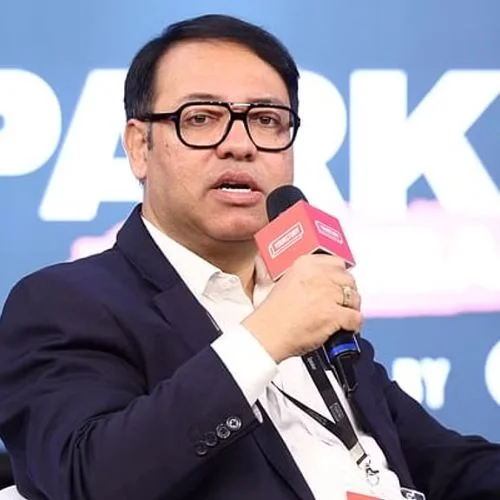Non performing assets (NPA) refers to the classification of default or delinquent loans or down payments. If the payment of principal or interest is delayed or not made, the loan is overdue.
The most common non-performing assets are term loans as we know but there are other types of non-performing assets too.
The first one is OD/CC meaning overdraft and cash credit. These are the accounts that have not been touched for more than 90 days.
The Second, are the agricultural advances where interest or repayment payments for short crops are delayed by two harvest/harvest seasons or one harvest season for long crops.
The third one is due to the expected payment of the other account, overdue for more than 90 days.
NPAs work in a manner in which the loans can only be switched to the NPA category after a long period of non-payment. The lender takes into account all factors that may cause the borrower to delay interest and principal payments and extend the grace period.
Distressed assets are manageable but depend on their number and how late they are. In the short term, most banks can undertake a significant amount of NPA. However, if the amount of NPA continues to increase over time, it jeopardizes the financial position and future success of the lender.
Some measures were taken against NPAs :
The government and RBI have taken many steps to manage the NPA in our economy.
These are Creation of a DRT or debt collection court.
Stimulation for the spread of asset reconstruction companies.
Introducing corporate debt limits and Bankruptcy and Bankruptcy laws. 5:25 Implementation of rules, or flexible restructuring of long-term project loans to infrastructure and core industries.














